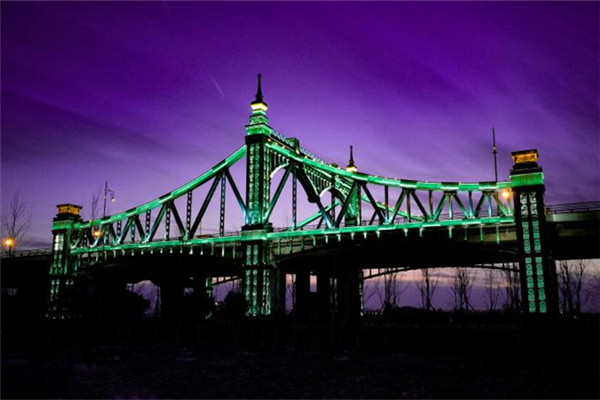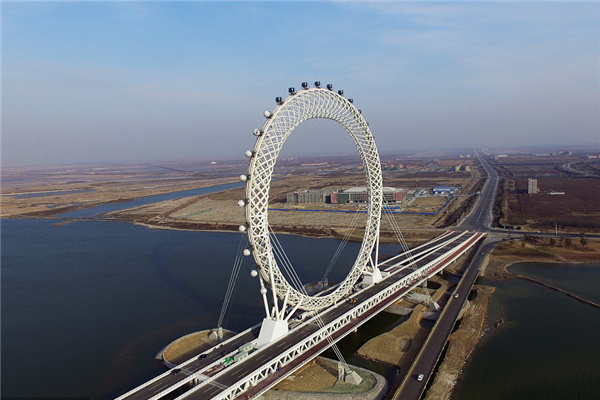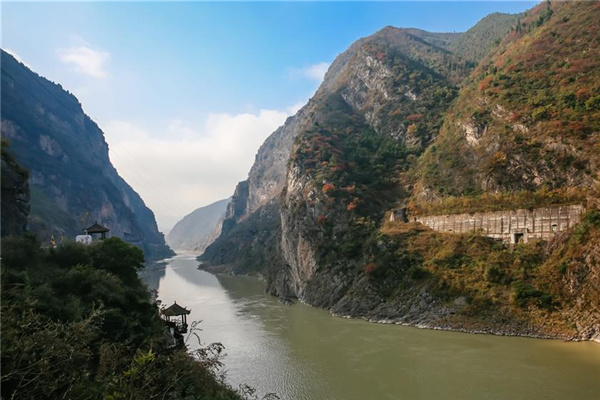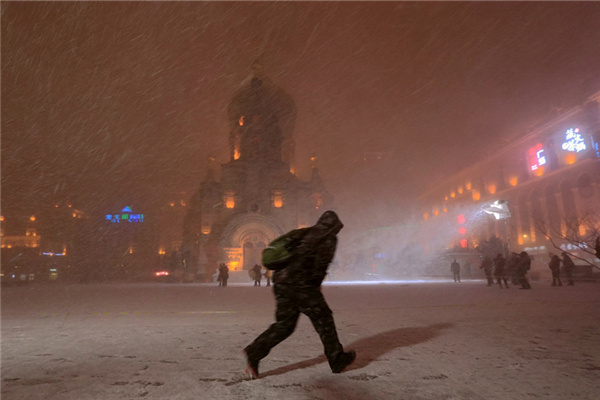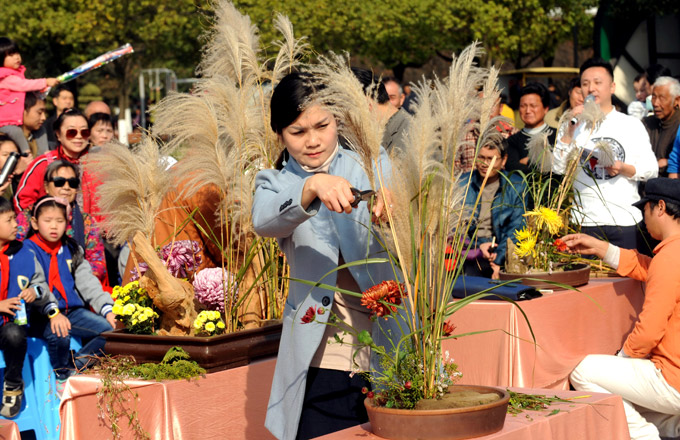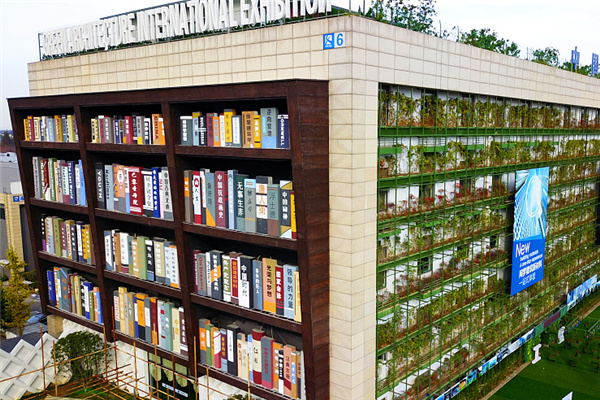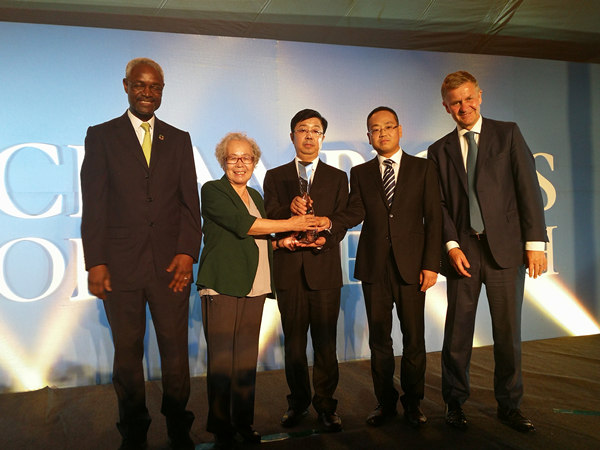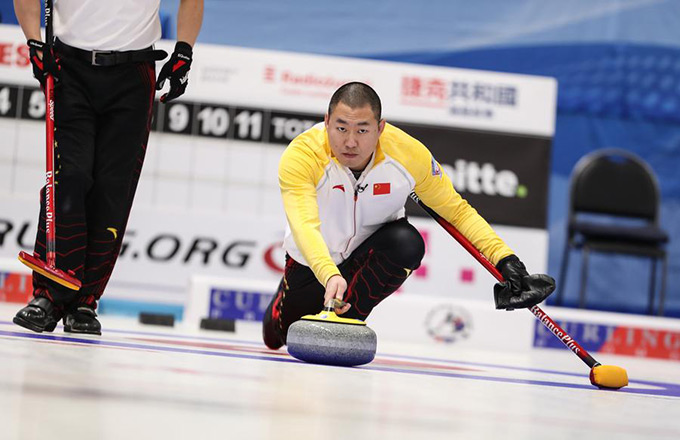

China is deluged with water-quality concerns, and last weekend, participants in the Green China Forum dove into the issues surrounding Beijing's water supply, as the capital gears up to host next year's Olympic Games.
Beijing did not have wastewater treatment facilities capable of meeting international standards until 1990. But since then, the government has spent huge sums of money improving the city's waterworks.
In 2001, when Beijing won the bid to host the 2008 Olympic Games, improving urban wastewater treatment rocketed towards the top of the municipal government's agenda.
By the end of 2006, Beijing had invested more than 10 billion yuan in the construction of nine wastewater treatment plants, all of which were built along the banks of the Tonghui, Bahe, Qinghe and Liangshui rivers.
Having gone from a less than 2 percent wastewater treatment capacity in 1990 to a 90 percent capacity today, Beijing has met its wastewater treatment target for 2008 ahead of schedule, according to the Beijing Drainage Group, a utility company owned by the municipal government.
Now, the capital can treat as much as 2.5 million cubic meters of wastewater a day. In addition to being used for production and irrigation, higher-quality treated water could also be used as circulated cooling water for industrial purposes.
And Beijing Drainage Group plans to build an additional five wastewater-treatment plants before 2008.
Among the nine existing facilities, the Gaobeidian plant is the pride and joy of the municipal wastewater treatment system. The plant currently has a daily production capacity of 470,000 cubic meters of reused water.
Every day, the treatment plant transfers 40,000 cubic meters of treated water to Beijing Huaneng Thermal Plant for circulated cooling, and an additional 300,000 cubic meters of treated water goes to Gaobeidian No 1 Thermal Plant for similar use.
It also sends about 130,000 cubic meters of reused water to Water Source No 6 Plant, where the water can be further treated and subsequently used for municipal and industrial purposes.
Currently, four among the nine wastewater treatment plants - located in Jiuxianqiao, Fangzhuang, Qinghe and Wujiacun - can produce high-quality recycled water for sightseeing purposes.
The municipal government promotes the use of treated wastewater, rather than potable water, at scenic locations, in order to make the most efficient and effective use of water resources.
Additional treatment of Grade II treated water - the most common product of a wastewater treatment plant - brings the quality level to Grade III. At this grade, recycled water can be used for a greater variety of purposes than at lower grades. It is mostly used for irrigation, washing restrooms and roadways, and supplementing rivers.
It can also be used in integrative environment management - for purposes such as dust-alleviation - or for washing vehicles or industrial cooling.
Currently, these four plants can produce 190,000 cubic meters of Grade III treated water daily.
Qinghe Wastewater Treatment Plant, the country's largest Grade-III, recycled-water-production plant, can produce 80,000 cubic meters of recycled water daily. Of this, 60,000 cubic meters are used for sightseeing purposes in the Olympic Park, while the restsupplements the Qinghe River.
The Qinghe Wastewater Treatment Plant was China's first domestic wastewater treatment plant and uses advanced ultrafilter-membrane technology, in which its filters are equipped with six units of 0.02-micrometer ultrafilter membrane. Once filtered through these membranes, the water can be further treated with activated carbon and ozone sterilization to reach international standards.
Today, Beijing's five thermal plants all use recycled water for circulated cooling. Five-million square meters of grassland in the municipality are irrigated with treated water. And more than 18 million cubic meters of reused water will supplement the capital's rivers this year.
(China Daily 09/17/2007 page3)
